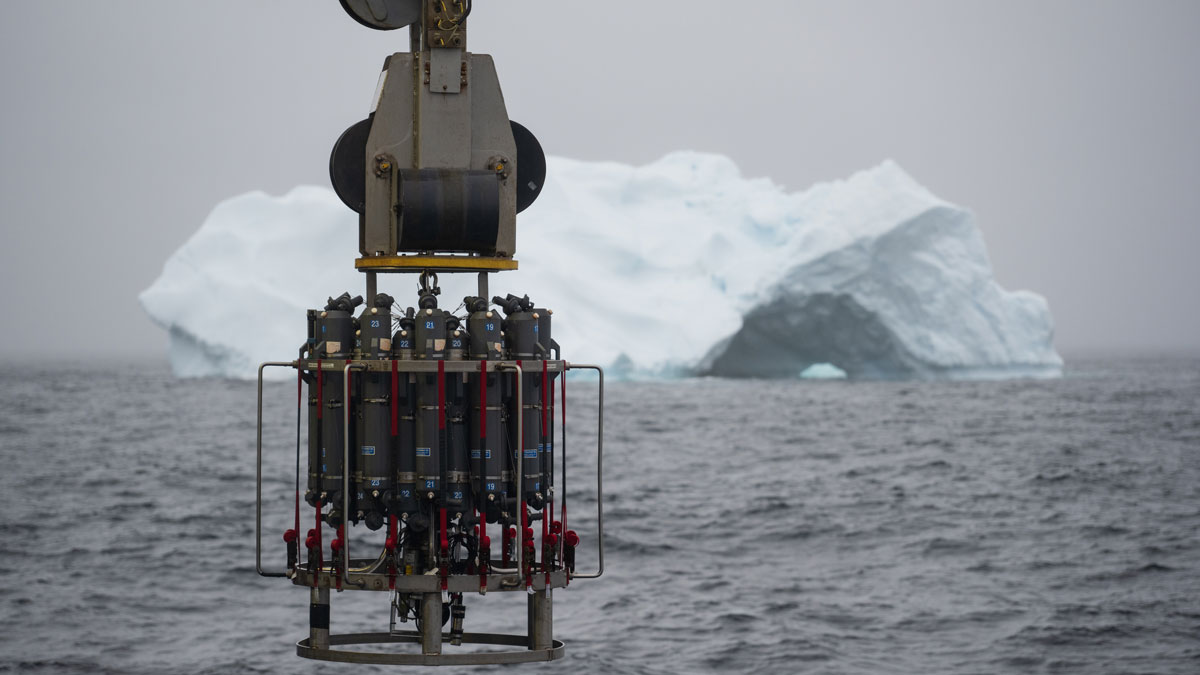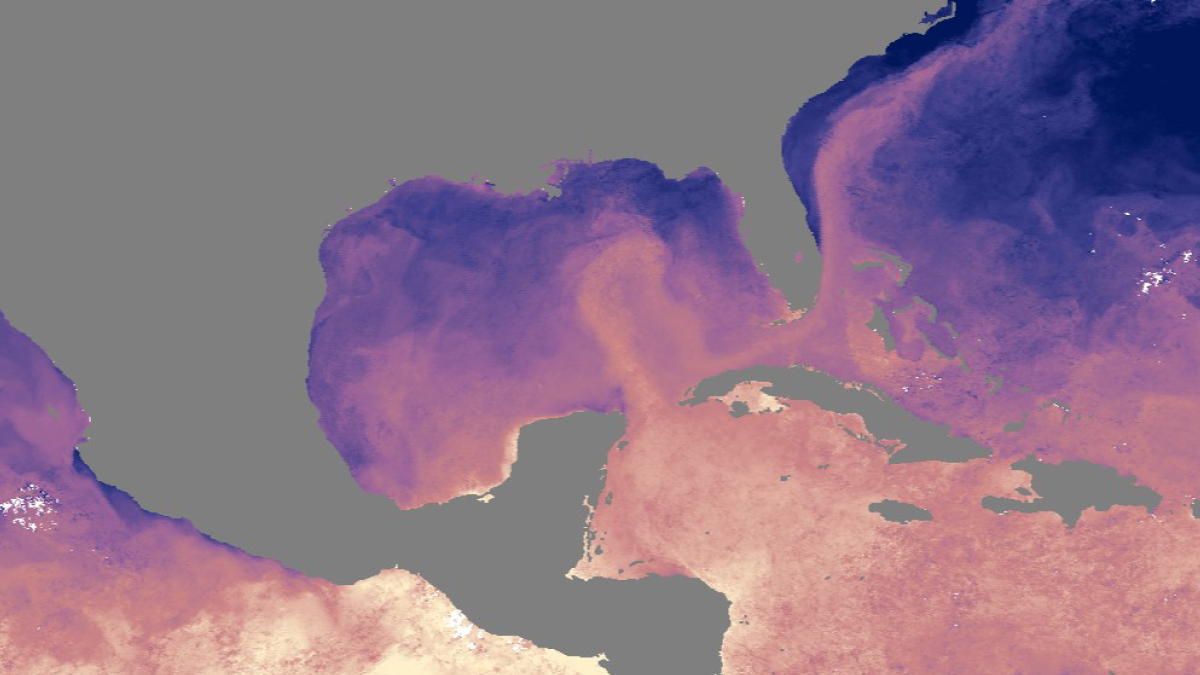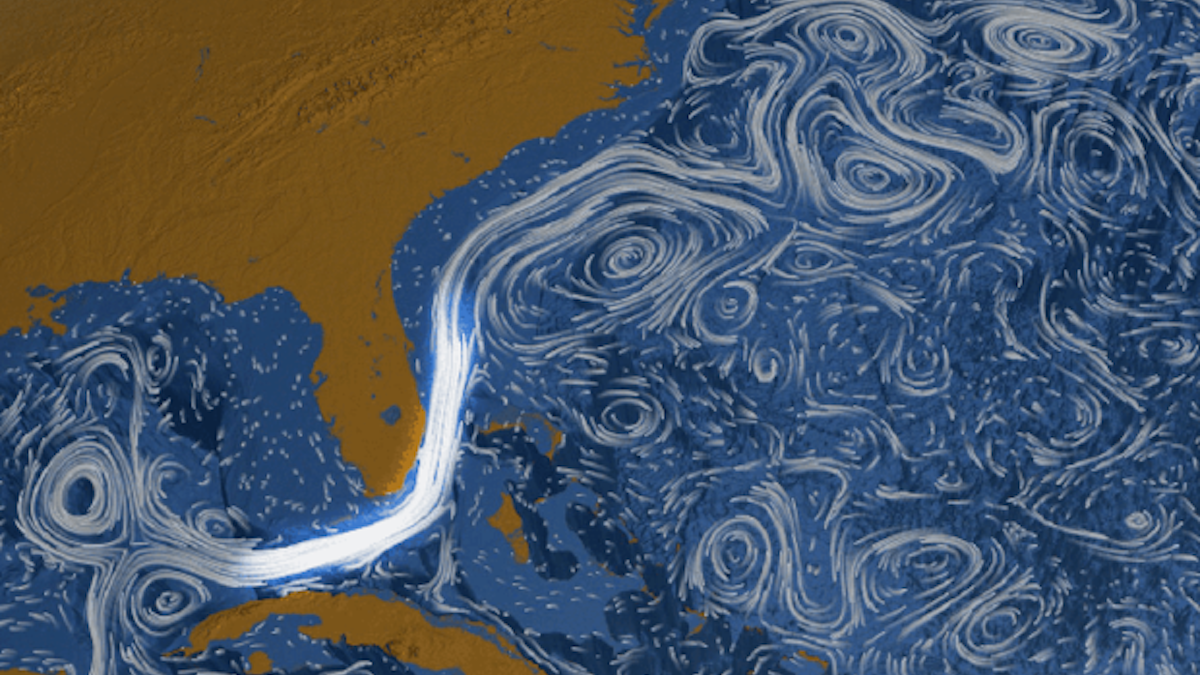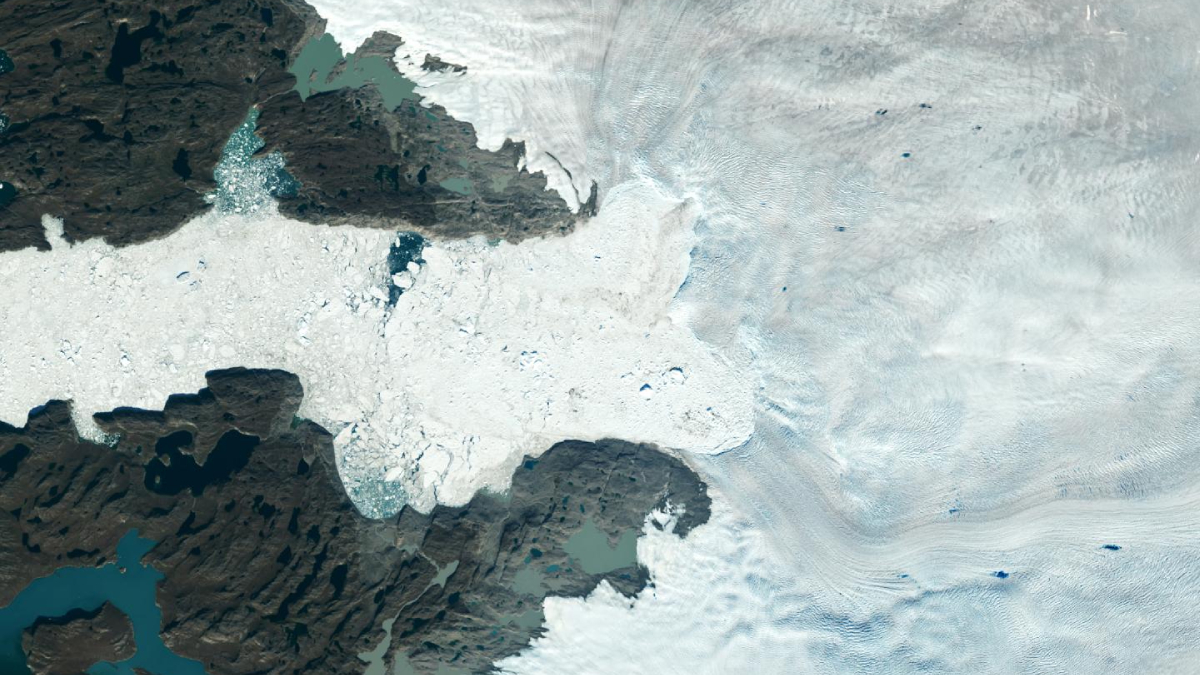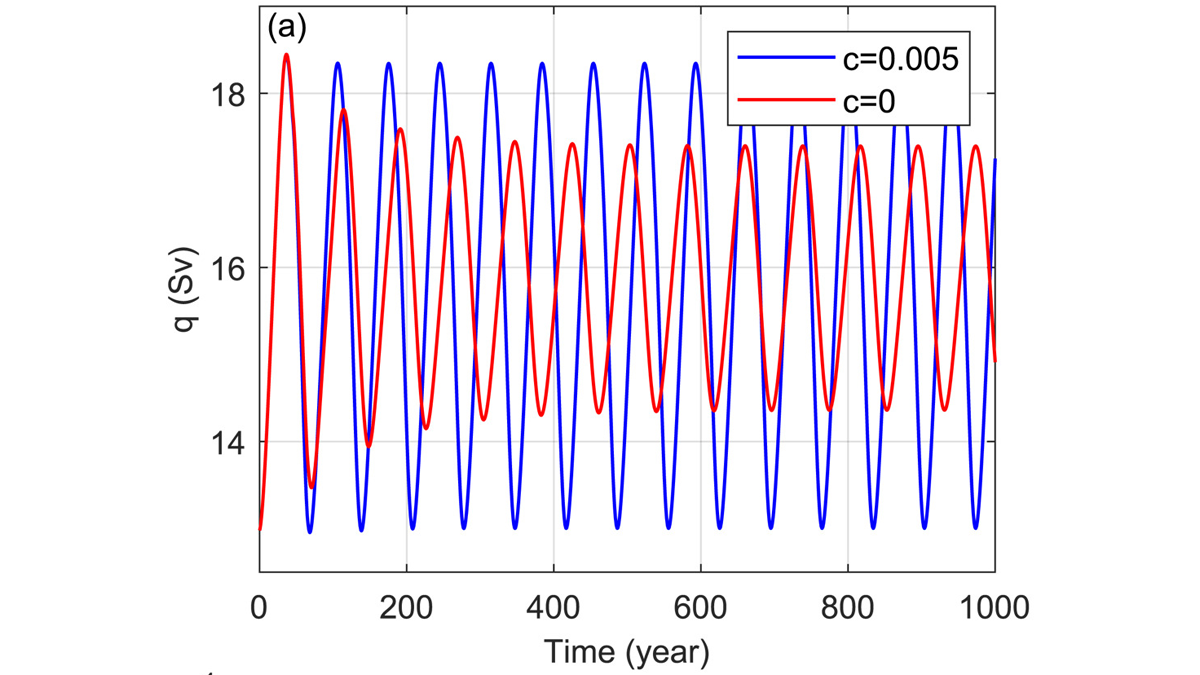Glacial troughs in Antarctica promote mixing of warm and cold water, affecting global climate. A new study explores whether the same is true in troughs along Greenland’s coastline.
AMOC
Water Density Shifts Can Drive Rapid Changes in AMOC Strength
High-latitude variations in density, which appear to be driven by changes in atmospheric pressure, can propagate to midlatitudes and affect the current’s strength within just a year.
Ocean Current Affairs in the Gulf of Mexico
Multinational and multidisciplinary studies of the past and present of the Gulf’s Loop Current are helping to reveal what might be in store for coastal communities.
When Ice Ages End, Ocean Circulation Fine-Tunes Ocean Heat
New Antarctic ice core data bolster model predictions of ocean heat content during glacials and interglacials.
Taking Our Paleoceanographic Tools to the Next Level
A new modeling study shows that to accurately interpret data derived from an iconic proxy of past Atlantic overturning strength, we must consider the complex factors governing the proxy systematics.
La corriente de Florida podría estar desacelerándose, pero no por mucho
Una corrección necesaria a un conjunto de datos ampliamente utilizados redujo las estimaciones de los científicos de cómo se ha debilitado la circulación oceánica.
Centennial-Scale Jumps in CO2 Driven by Earth’s Tilt
Antarctic ice records uncovered seven previously unknown jumps in atmospheric carbon dioxide. These events may have been driven by changes in Earth’s tilt.
The Florida Current May Be Slowing Down, but Not by Much
A needed correction to a widely used data set reduced scientists’ estimates of how ocean circulation has weakened.
How Did We Miss 20% of Greenland’s Ice Loss?
The ice loss was hidden in places existing monitoring methods can’t reach, such as hard-to-map fjords. Machine learning helped scientist revise mass loss estimates and uncover patterns in glacial retreat.
Arctic Salinity Pushes the AMOC Swing
A model of the Atlantic Meridional Overturning Circulation (AMOC), pioneered by Henry Stommel over 60 years ago, can exhibit realistic cyclic behavior if the role of Arctic salinity is included.

